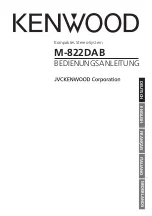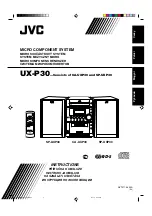
Page 40
Ph: 804.227.3023
10511 Old Ridge Rd. Ashland, VA 23005
4LHD/4LHDX Application Manual
Powertrain Control Solutions
REV 1.1
2.3 Transmission Cooling
Transmission fluid is heated primarily by the pumping action that occurs within the torque converter. Heat load varies,
depending on speed, grade, duty cycle, ambient temperature, etc. A method of heat dissipation must be provided in order
to maintain proper transmission temperature.
Cooling is accomplished by circulating the fluid through a cooler that is external to the transmission. Incorporation of the
cooler within the radiator is recommended since this provides the added advantage of quick warm-up of the transmission
in cold climates. If the cooler is located in a radiator end tank, the inlet pipe should be at the lowest point of the cooler.
If an auxiliary cooler is used, it should be located in the return line to the transmission, and the system should incorporate
a bypass to allow lubrication flow under very low ambient temperature conditions. Adequate flow shall be verified by test.
2.3.1 Cooling System Overview
Automatic Transmission Fluid
Automatic transmission fluid (ATF) is a complex lubricant that consists of a base oil and an additive package.
The additive package is designed to impart several desirable performance characteristics, above and beyond
those that the base oil could do alone. The performance of ATF’s are driven by the needs of the product and must
provide excellent fluidity values for both low and high temperature transmission performance.
Fill tubes, fill caps
and bottom pans should be accessible for repair without removing the transmission from the vehicle. In addition,
external seals should be accessible for serviceability.
Fluid Specification
The ATF to be used in any PCS 4LHD/4LHDX shall be Dexron® VI or equivalent. Transmission damage caused
by the use of improper fluid will not be covered under warranty.
Figure 2.3-1 Cooler System
NOTE:
It is recommended for the transmission
cooler to flow IN at the cooler bottom port and
OUT at the cooler top port. This is recommended
not only so that heavy particles and sediment fall
to the bottom of the cooler instead of returning
to the transmission sump, but also allows any
trapped air in the system to rise and leave the
heat exchanger via the upper outlet fitting.
















































